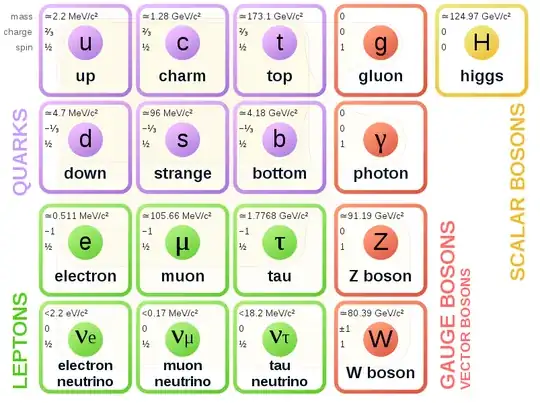From a recently reignited [casual] curiosity into particle physics thanks to the Fermilab YouTube channel, I read about the g-2 experiment, followed by muons, naturally. Muons, it turns out have short lives, and they decay into an electron (and antineutrino), for example. Reading on how muons are created, I learned about the role of the cosmic rays, and intuitively I understand how 3 quarks can end up as 3 quarks and a quark–antiquark pion. [Charged] pions decay to muons, so my curiosity was satisfied, but only momentarily . . .
Until I realized this muon creation and the subsequent electron originated from quarks.
Q: How are quarks elementary when they can become leptons?
I'm either misunderstanding the meaning of a particle being elementary, or I'm missing something. (I can't get my head around that point; I also casually understand that the weak interaction is involved.)
Does it work the opposite way as well (lepton → quark)? Or, given enough time, will all elementary particles eventually decay to leptons? (Thinking out loud; not necessarily extra questions.)
I could not find the answer to my question on Wikipedia or via Google. I checked the related topics, for example, Are quarks and leptons actually fundamental particles? But it's a different question about what makes up quarks/leptons (I'm content with the fact they're as small as they get according to the Standard Model).
Thanks to @AccidentalFourierTransform for the following links (and their links):
As far as I can see those posts do not address the quark → lepton decay. All the examples given are quark → another quark (or lepton → another lepton), which I have no issue with (the muon → electron example I gave). The same for the decays of virtual/mediating particles, e.g., photons and Higgs bosons. My issue is (was) the class-changing decay of the non-virtual particles.
